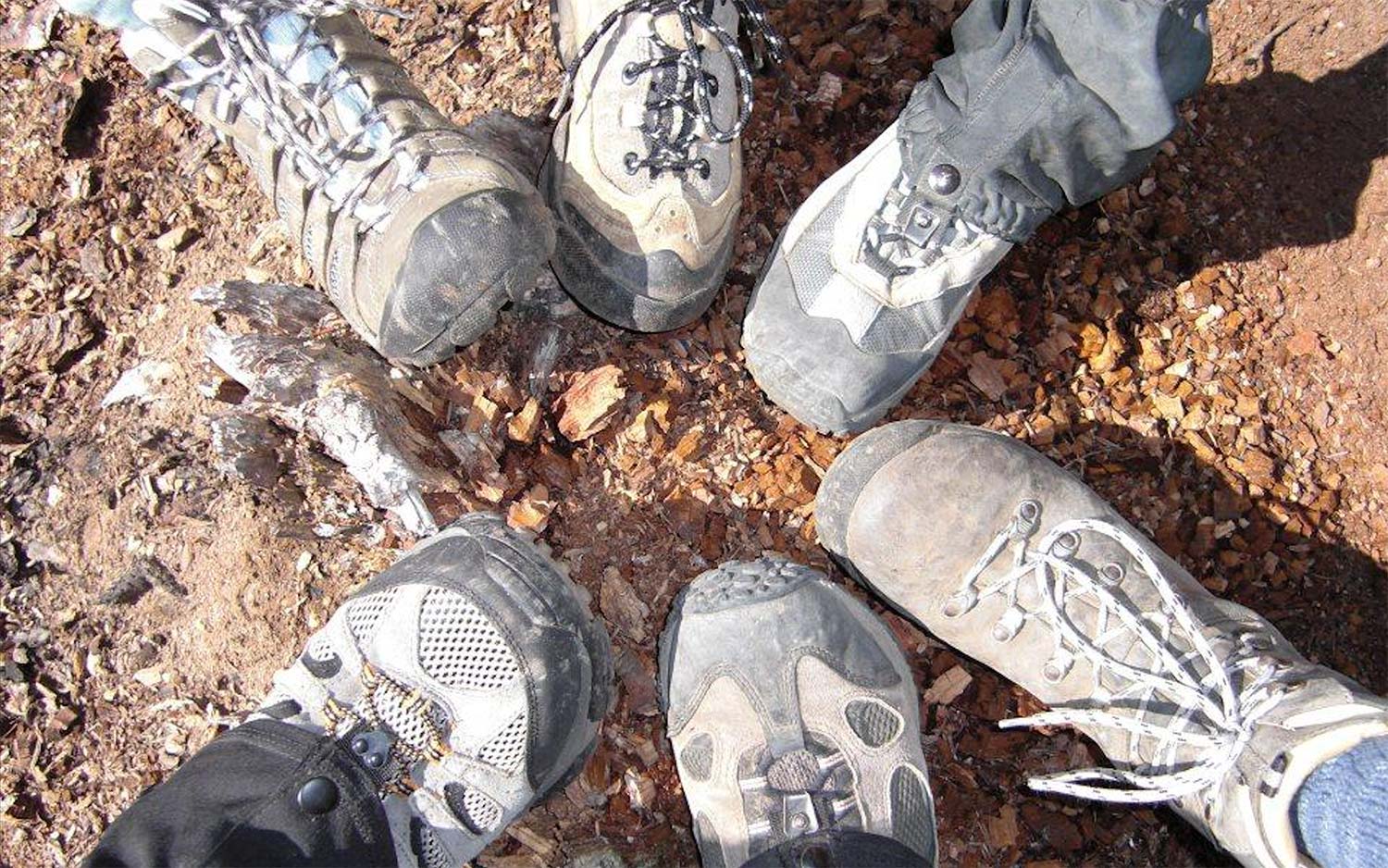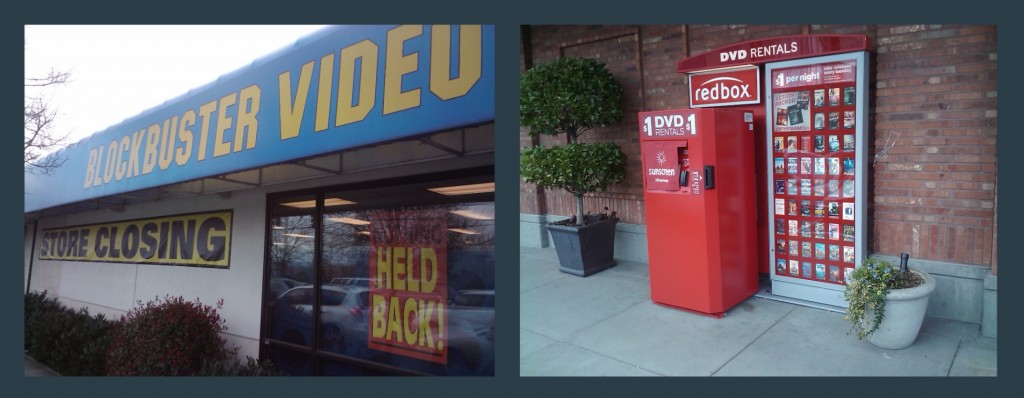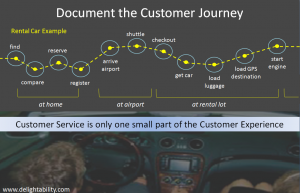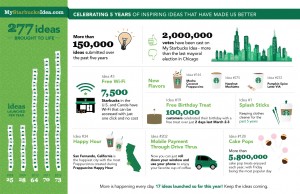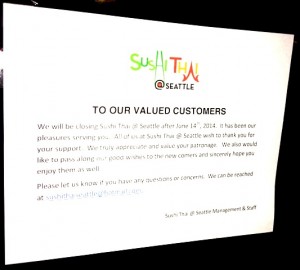 The World of Work Has Changed
The World of Work Has Changed
The world of work has changed and it isn’t coming back as we once knew it. Once we accept these structural changes as individuals, organizations, and as a country we can go about our business to maximize opportunities for Americans to make a living, make a difference, and make an impact. Full employment for those that want it should be a national goal and priority for any great nation. But, sadly this isn’t part of our national conversation and it certainly doesn’t dominate the media headlines. SushiThai Seattle, a place I enjoyed in my neighborhood recently closed. Your community has probably felt similar closures. Each restaurant closure or other business that shutters their doors, citing a lack of demand is a symptom of our world of work that has changed. Incomes of many ordinary workers have been decimated. This is a solvable problem if we think differently and work cooperatively.
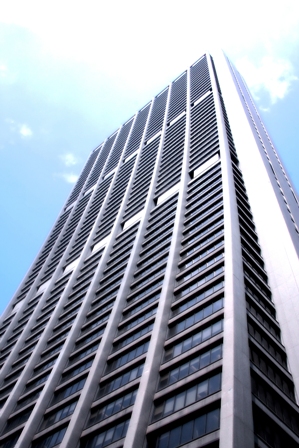
Few Are Insulated in a World Changed
Whether your office is on the 70th floor, in a basement, in mahogany row, cubicle bay, the kitchen table, the operating room, the local coffee shop or a coworking space, you have to agree on this: The world of work has changed. Of course it has, because the world has changed. If you don’t see this, then you are not looking very hard or you are very insulated.
Three Major Forces Changing the Nature of Work
There have been three major forces in play for a while now that continue to shift the nature of work, employment, jobs, careers, etc. They are:
- industry consolidation;
- advances in technology;
- and trade policy.
And yes, there are other forces at play as well like accounting rules, tax policy and loopholes, and plain old fashioned human and corporate greed. But, I’ll leave those discussions for another time.
The Great Costs of Being Idle
Aside from the very visible restaurant and store closures, the ramifications of sidelined talent and organizations unwilling or unable to engage talent is decreased innovation, stalled human progress, and stymied organizations. Problems persist and opportunities go unaddressed. That means more broken experiences and poor service quality for us as consumers, citizens, customers, members, owners, passengers, travelers, etc. For those courageous leaders that do move forward, new possibilities await, in terms of products, services, market share, new ventures, brand loyalty, consumer habits, partnerships, etc.
Stop Waiting and Start Creating
But, you can’t mind meld with your future self or look through the prospectiscope and see future possibilities very clearly. When we do look forward, we tend to actually obsess on looking backwards at earnings, GDP, and the stock market. It is very easy to get quickly trapped by history, paint the future with the past and not see new possibilities. If you rewind the clock to look at iPhone sales and Android devices before those had been invented you’d see zero, 0, zed, nada. No revenue, no profit, no possibilities, especially if you were in an industry or market that was displaced as a result of the more open marketplaces that both of those ecosystems enabled. How wrong you’d be today. But, in your own industry, you may also be wrong. What if you are? How costly will that be?
It takes a special mindset to see what what you are not looking for.
Bigger Thinking is Needed for Larger Possibilities
Steve Jobs had vision. The Open Handset Alliance that collaborated to bring us the Android operating system had a vision and purpose. Kennedy’s man on the moon speech sparked a nation to action. Hundreds of thousands of jobs across a range of industries and institutions were the result. That would be a whole lot of employment today; it was an even larger percentage of workers in its day given there were fewer workers. We benefit from innovations of that era, to this day. Imagine the possibilities of our collective future if we only nudge our attention in the right direction. Imagine if the corporations sitting idle on a collective $1.95 trillion offshore were to put that money to innovative and good use in local communities, the nation, and in the world. Oh, the possibilities.
Each of Us Has a Role to Play in Our Collective Future
Whether you are an independent worker today, become one tomorrow, or hire independent workers, here are four resources to hopefully inspire and educate you on a World of Work that has forever changed:
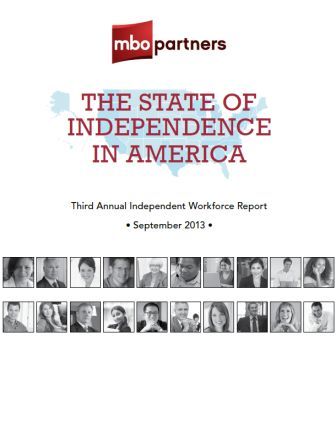 1) The State of Independence in America report from MBO partners is a treasure trove of facts and figures that are sure to educate, inspire, challenge, and maybe even validate some of your observations and experiences. Chances are you won’t simply have a J-O-B as most have been accustomed to in the past. And, you won’t solely interact with others that have J-O-Bs. If you look around, you’ll notice this to be very true already, and getting more true.
1) The State of Independence in America report from MBO partners is a treasure trove of facts and figures that are sure to educate, inspire, challenge, and maybe even validate some of your observations and experiences. Chances are you won’t simply have a J-O-B as most have been accustomed to in the past. And, you won’t solely interact with others that have J-O-Bs. If you look around, you’ll notice this to be very true already, and getting more true.
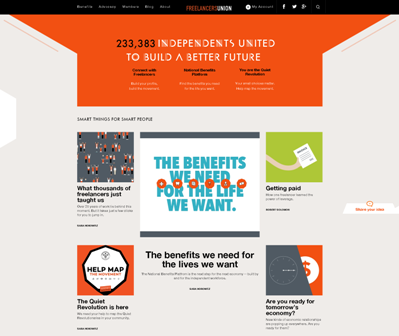 2) Freelancers Union is a website dedicated to being a Federation of the Unaffiliated. Founder and Executive Director, Sara Horowitz, participated in a panel discussion with Darren Walker, President of the Ford Foundation and President Bill Clinton, among others on June 24th, 2014 at the Clinton Global Initiative in Denver, Colorado. Sara represented the humongous and growing collective of freelancers and independents working in America. This is very important since most of these people are largely invisible. They don’t show up in unemployment or under-employment numbers. By the Bureau of Labor Statistics own admission in their Technical Paper 66 – Design and Methodology of the Current Population Survey, “The labor force concepts and definitions used in the CPS have undergone only slight modification since the survey’s inception in 1940.” Ah great – so basically the methodology for measuring labor force participation was invented shortly after the great depression and has yet to embrace a new reality that includes the internet, mobile phones, co-working spaces of all shapes and sizes, liberation from land based telephone lines, social networking, etc. This is very wrong and why at Delightability we’ve taken a step in a new direction with number 3 on our list.
2) Freelancers Union is a website dedicated to being a Federation of the Unaffiliated. Founder and Executive Director, Sara Horowitz, participated in a panel discussion with Darren Walker, President of the Ford Foundation and President Bill Clinton, among others on June 24th, 2014 at the Clinton Global Initiative in Denver, Colorado. Sara represented the humongous and growing collective of freelancers and independents working in America. This is very important since most of these people are largely invisible. They don’t show up in unemployment or under-employment numbers. By the Bureau of Labor Statistics own admission in their Technical Paper 66 – Design and Methodology of the Current Population Survey, “The labor force concepts and definitions used in the CPS have undergone only slight modification since the survey’s inception in 1940.” Ah great – so basically the methodology for measuring labor force participation was invented shortly after the great depression and has yet to embrace a new reality that includes the internet, mobile phones, co-working spaces of all shapes and sizes, liberation from land based telephone lines, social networking, etc. This is very wrong and why at Delightability we’ve taken a step in a new direction with number 3 on our list.
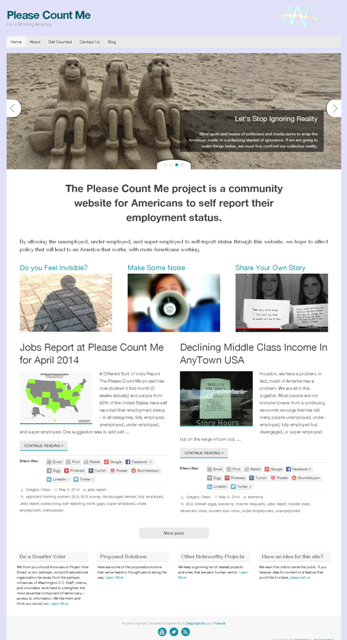 3) Please Count Me is a community website for Americans to self report their own employment status whether fully-employed, super-employed, unemployed, or under-employed. This is a human centered community project we started at Delightability to shine a light on some of the structural changes in this country and the need to have a better conversation, reduce ignorance and rhetoric, and hopefully affect policy and lawmakers to do the right thing for the entire country not just the wealthy and influential that finance campaigns. Add yourself to the workers in more than half the states that have already added themselves to the count. Read the alternative jobs report.
3) Please Count Me is a community website for Americans to self report their own employment status whether fully-employed, super-employed, unemployed, or under-employed. This is a human centered community project we started at Delightability to shine a light on some of the structural changes in this country and the need to have a better conversation, reduce ignorance and rhetoric, and hopefully affect policy and lawmakers to do the right thing for the entire country not just the wealthy and influential that finance campaigns. Add yourself to the workers in more than half the states that have already added themselves to the count. Read the alternative jobs report.
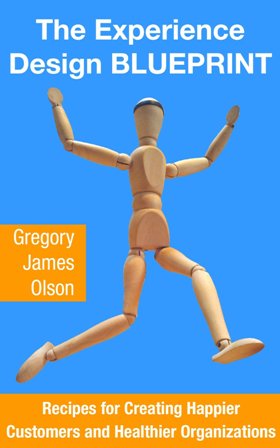 4) Another resource is my book, The Experience Design BLUEPRINT: Recipes for Creating Happier Customers and Healthier Organizations. Aside from practical tools, exercises, and recipes that can be applied to any size and type of organization, the book specifically has a chapter with prescriptive guidance for large business, small business, underemployed, unemployed, coworking spaces, congress and other policy makers to work cooperatively toward full employment, human progress, and reaching our collective potential. See Chapter is 14. The World of Work Has Changed.
4) Another resource is my book, The Experience Design BLUEPRINT: Recipes for Creating Happier Customers and Healthier Organizations. Aside from practical tools, exercises, and recipes that can be applied to any size and type of organization, the book specifically has a chapter with prescriptive guidance for large business, small business, underemployed, unemployed, coworking spaces, congress and other policy makers to work cooperatively toward full employment, human progress, and reaching our collective potential. See Chapter is 14. The World of Work Has Changed.
Continue the Conversation
While these four resources I shared are US centric, my friends in Spain, the Netherlands, Canada, The United Kingdom, Germany, Hong Kong, Australia, and other countries will no doubt be sparked by localizing the concepts in these resources as well. Comments are closed here but please email me or message me on LinkedIn, Twitter, or Facebook with other resources you find inspiring. Thank you Sabine for making me aware of 400 Euro “mini-jobs” in Germany. More on that in a future post.




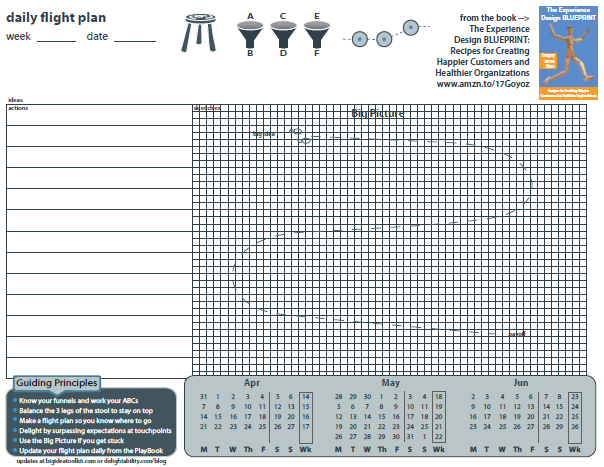

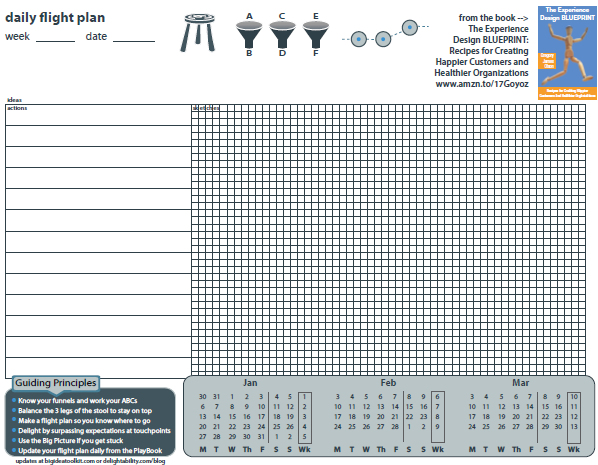
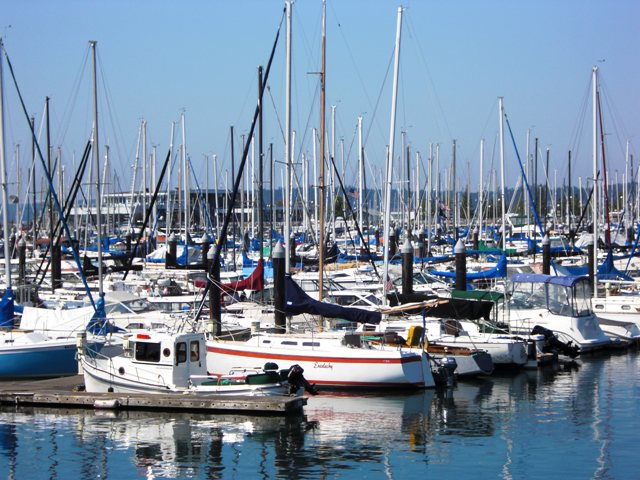
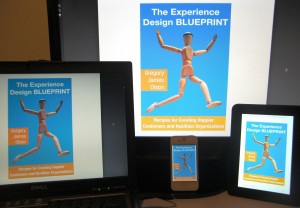

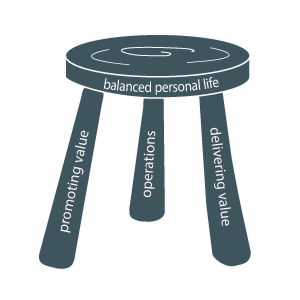


 Greg is a virtual chief marketing officer to small and medium sized businesses. He founded Delightability, LLC. with the belief that if you delight customers success will follow. Greg authored
Greg is a virtual chief marketing officer to small and medium sized businesses. He founded Delightability, LLC. with the belief that if you delight customers success will follow. Greg authored 